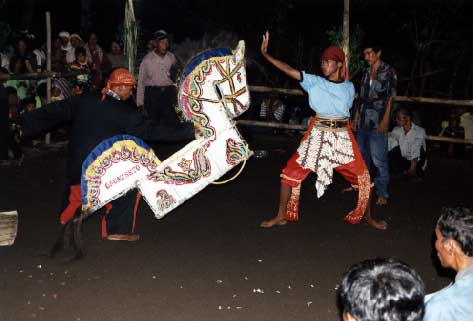Java language is the language of the tribes of the population, especially in some parts of Java, Banten, especially the town of Serang, Serang district, the city of Cilegon and Tangerang regency, West Java, particularly the north coast region extends from the northern coast of Karawang, Subang, Indramayu, Cirebon district and Cirebon city, Yogyakarta, Central Java and East Java in Indonesia.
Java Language Spread
Java residents who migrate to Malaysia successfully brought into the Javanese language and culture of Malaysia, so there are residential areas they are known by the name of the village of Java, Java field. In addition, people who use the Java language is also distributed in various parts of the Unitary Republic of Indonesia. Regions outside Java, the Javanese-dominated or in a significant percentage are: Lampung (61.9%), North Sumatra (32.6%), Jambi (27.6%), South Sumatra (27%). Special Java community in North Sumatra, they are the descendants of contract laborers who are employed in different areas of tobacco plantations, particularly in the Deli, so often referred to as Java or Pujakesuma Deli (Son Java Sumatra births). While Java community in other areas which are transmitted through the transmigration program was held since the Dutch colonial era.
In addition to the Nusantara region, or Malaysia. Javanese society is also found in large numbers in Suriname, which reached 15% of the population as a whole, then in New Caledonia region even Aruba and Curacao and the Netherlands. A small percentage even spread to the territory of French Guiana and Venezuela.
Java Language Spread
Java residents who migrate to Malaysia successfully brought into the Javanese language and culture of Malaysia, so there are residential areas they are known by the name of the village of Java, Java field. In addition, people who use the Java language is also distributed in various parts of the Unitary Republic of Indonesia. Regions outside Java, the Javanese-dominated or in a significant percentage are: Lampung (61.9%), North Sumatra (32.6%), Jambi (27.6%), South Sumatra (27%). Special Java community in North Sumatra, they are the descendants of contract laborers who are employed in different areas of tobacco plantations, particularly in the Deli, so often referred to as Java or Pujakesuma Deli (Son Java Sumatra births). While Java community in other areas which are transmitted through the transmigration program was held since the Dutch colonial era.
In addition to the Nusantara region, or Malaysia. Javanese society is also found in large numbers in Suriname, which reached 15% of the population as a whole, then in New Caledonia region even Aruba and Curacao and the Netherlands. A small percentage even spread to the territory of French Guiana and Venezuela.











